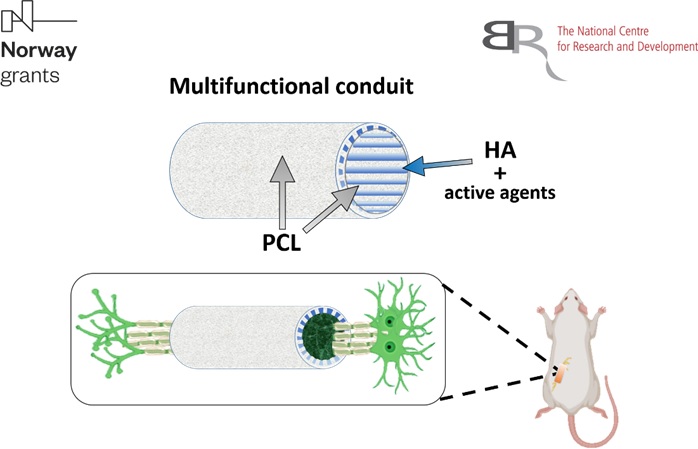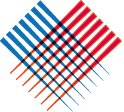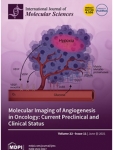
Supervisory institution:
National Centre for Research and Development
Project manager:
Dr. Jagoda Litowczenko-Cybulska
Budget:
858 500,00 PLN
Start date:
10.2021
Duration:
24 months
Contract number:
NOR/SGS/GrooveNeuroTube/0321/2020-00
Injuries of the human nervous system affect more than 1 billion people worldwide, with 6.8 million deaths each year. Peripheral nerve damage is a common clinical complication of traumatic injury especially occurring after the accident, surgical side effects and tumorous outgrowth. Peripheral nerve damage occurs in 13–20 of every 100,000 persons, commonly along with other injuries leading to sensory and motor function failures. Nerve conduits are alternatives to standard autologous nerve grafts, and their advantages are broad availability, avoiding sacrificing donors. A nerve conduit is a tubular structure made of synthetic or biological materials designed to bridge the gap of a sectioned nerve. s
Many scientific reports show a wide diversity of biomaterials which are used in nervous system applications, but despite many studies in this field, the successful combination of material with high mechanical and biological properties is yet to be achieved. An ideal nerve conduit should have excellent biocompatibility, non-immunogenicity, biodegradability and flexibility. Combining the proper technique to produce scaffold conduit is crucial for the fast regeneration of axons.
The aim of the interdisciplinary GrooveNeuroTube project is to produce composite tubes by 3D printing for increased regeneration of peripheral nerves after injuries. In order to produce
scaffolds for tissue engineering, 3D printing technology is one of the most promising and efficient methods. Naturally derived polymers, such as hyaluronic acid (HA), exhibit the unique biological property of high biocompatibility, however poor mechanical properties. On the other hand, addition of synthetic polymers including polycaprolactone (PCL) can significantly improve the stability and mechanical properties of scaffolds, making it promising for producing tissue engineering constructs. The addition of active agents (growth factors, antibacterial) is another advantage for direct cell adhesion and axonal outgrowth, and preventing bacterial infection. Finally, the utility of clinical usage of GrooveNeuroTube will be examined in vivo on rat sciatic nerve injury model.
Obszar badawczy:


